The Critical First Step in Hospital Transition Planning: The Assessment Phase
Written by Bridget Grahan, MBAH, PMP
Transitioning from an older hospital facility to a new one goes beyond simply relocating equipment and staff. It is a multifaceted endeavor that necessitates a keen understanding of the new facility’s opportunities, potential challenges, and specific needs. Central to this endeavor is the Assessment Phase. This phase sets the tone for the entire transition by establishing key relationships, deeply exploring the current operational state of the organization, and mapping out a future vision that aligns the present with the desired future goals.
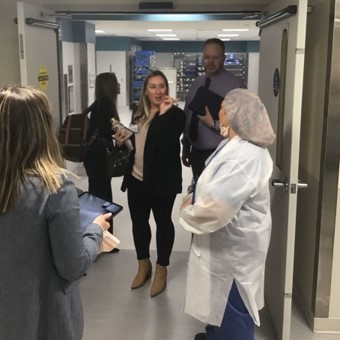
Why is the Assessment Phase Crucial?
Embarking on a hospital transition without an intensive assessment would be like setting sail without a compass and is foundational to hospital transition planning. This step initiates the transition process and provides the needed direction and clarity by:
- Setting the Foundation: The Assessment Phase serves as the foundational step for the transition. It is the first critical step that any project manager takes because of how important it is to start a project with a deep understanding of current facility processes, the design intent, and operational and technological goals for the new facility. This detailed evaluation allows our team to customize our approach to the clients, understand gaps in operational processes, and better prepare for the next phase of work.
- Engaging Stakeholders: The phase is instrumental in meeting key department leaders, frontline staff, and sponsors to better understand their operational goals and challenges related to the new facility. Active involvement of all stakeholders, especially frontline staff, ensures that the transition plan is grounded in real-world needs and challenges. Their insights and feedback can provide valuable direction as we begin to engage them in the transition process.
- Visioning the Future: Understanding the goals of the new building and ensuring alignment with organizational objectives is a core component of the Assessment Phase. Often new facilities are an opportunity to enhance processes and technologies in the new space. Understanding this vision through an assessment helps to incorporate new, state-of-the-art processes in our transition approach and ensure the future vision for the healthcare facility is carried through the transition to opening.
- Evaluating Financial Risk: Regular conversation and review about the financial implications of transitioning into a new facility are critical during an assessment and throughout the transition. Ensuring processes are in place to monitor and control financials around project costs is critical to project success. An assessment can identify early risks to project budgets which can minimize fiscal impacts and ensure risk mitigation steps are in place early in the transition.
- Ensuring Regulatory Compliance: With the ever-evolving landscape of healthcare regulations, ensuring that the new facility meets all compliance requirements is critically important. The Assessment Phase helps in aligning the transition with these regulatory demands.
- Building Trust: Engaging with stakeholders, demonstrating knowledge of their specific roles and tools, and actively addressing their concerns builds trust. This is the first opportunity to engage with key project stakeholders and show that we are dedicated to their department’s success, the safety of their patients, and ensuring the transition into the facility is seamless. This trust is essential for a smooth transition and for ensuring that the new facility is embraced by all.
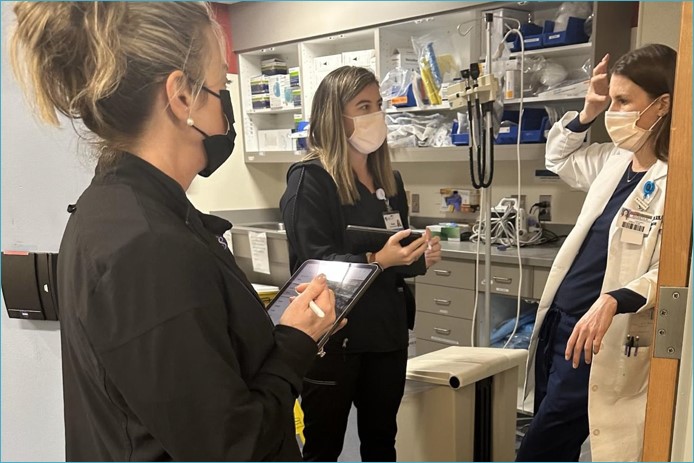
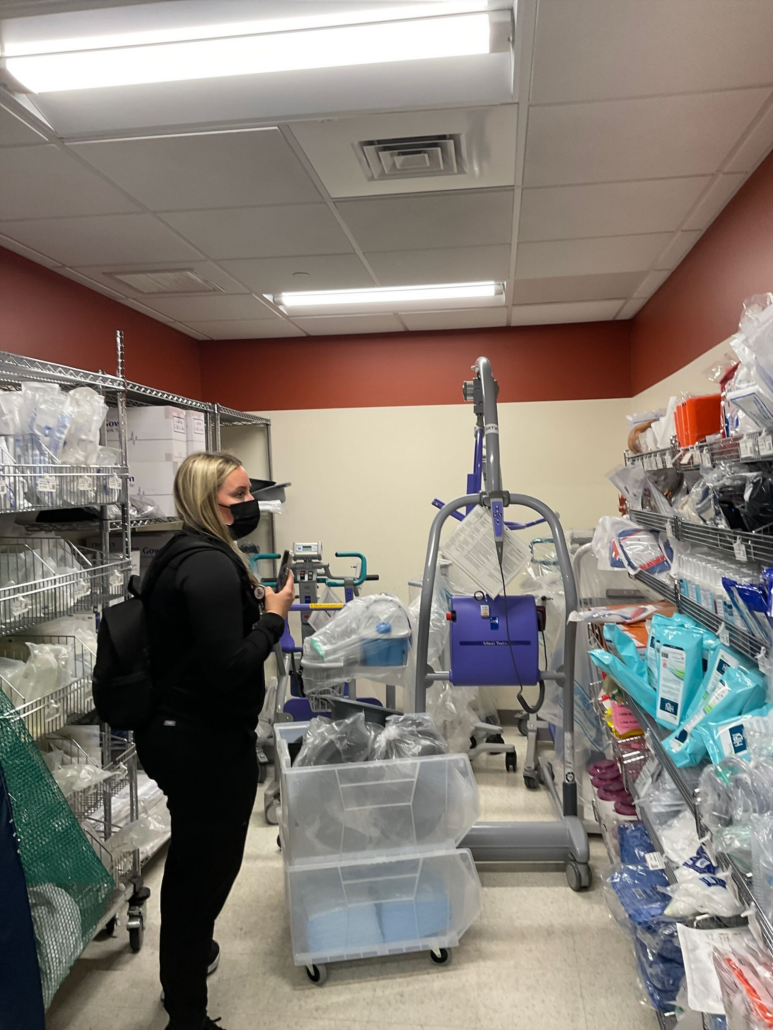
Key Strategies for a Successful Assessment
The role of a Transition Planning consultant is crucial to the successful opening of your new facility, not only because of our experience in opening facilities but also because we have been clinicians at the bedside or operators in healthcare facilities across the country. During an assessment, transition planners are not just passive observers; we become immersed within your organization and partners on your transition journey. We engage, listen, analyze, and synthesize. Our goal is to craft a transition strategy that is both efficient and sensitive to the unique needs and nuances of the organization. The key strategies we employ during this phase include:
- Visioning Sessions: Before diving into the assessment, we hold visioning sessions with the architects, developers, project team, and key leaders to help better understand the facility layout, space program, and essential technologies incorporated into the facility.
- Collaboration with Architects and Contractors: The design intent, envisioned workflows, and structural nuances of the new building are crucial. Engaging early and consistently with architects and contractors to stay informed on their design capabilities as the transition project progresses.
- In-Person Engagements: A series of meetings are established with each clinical, ancillary, and support department impacted by the move into begin the engagement and understanding process. Their insights about current operations and the future are invaluable to project success.
- Strategic Questioning: The questions posed during an assessment are strategic and intentionally thought-provoking. The questions and subsequent answers help to shape workflow, training needs, and committee operations. This is where we develop a greater understanding of the hidden challenges and opportunities of transitioning into a new facility.
- Identifying Knowledge Gaps: The assessment outcome becomes a diagnostic tool that is used to highlight gaps in knowledge, direct operational workflow approaches, and customize critical tasks and committee focus that will be incorporated to ensure a smooth transition.
How Clients Can Best Prepare for the Assessment Phase
Participating in the transition planning process is an extensive endeavor, laden with anticipation, excitement, and aspirations for the future. We understand that the client’s engagement in this work often is in addition to their regular clinical and operational responsibilities in ensuring the existing hospital operations are intact. Their participation and engagement in the assessment are critical not only because they have detailed knowledge of their organization’s history and current operations, but we also want them involved in shaping their future. Here are some measures that clients can adopt to optimize their preparedness for a transition planning assessment:
- Proactive Engagement: Be active participants during the initial deliberations. Providing input and direction on the current and future processes can significantly influence the transition’s strategic direction or highlight gaps in planning.
- Open and Ongoing Communication: Foster seamless communication ensuring a coherent understanding among all parties. Consistently updating the transition team about any internal shifts, obstacles, or changes in direction, and instituting routine check-ins or feedback sessions will expedite the transition process and maintain alignment.
- Clear Vision: Ensure you understand the future object and aspirations for the new facility. This vision will help to shape operational processes throughout the transition planning engagement.
- Share Lessons Learned: Supplying information regarding challenges and lessons learned during the design and construction phases can equip the transition team with essential context. This historical overview can highlight potential areas of concern that need to be addressed.
- Stakeholder Mapping: Identify and involve all essential stakeholders from the beginning. This ensures that the diverse needs and viewpoints of everyone, from top-tier management to frontline staff, are integrated into the transition blueprint.
- Embracing Flexibility: While possessing a defined vision and strategy is crucial, clients should also remain receptive to alterations along the journey. Being amenable to suggestions and modifications proposed by the transition consultants can result in the adoption of the most efficacious tactics.
- Preparation Workshops: Organizing internal workshops to ready their staff and other stakeholders for the assessment phase can help regulate expectations, diminish apprehensions, and stimulate proactive involvement.
With these methodologies in place, clients can set the stage for a successful Assessment Phase, ensuring a well-grounded, comprehensive, and visionary approach to their upcoming transition.
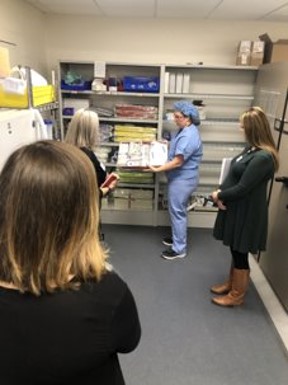
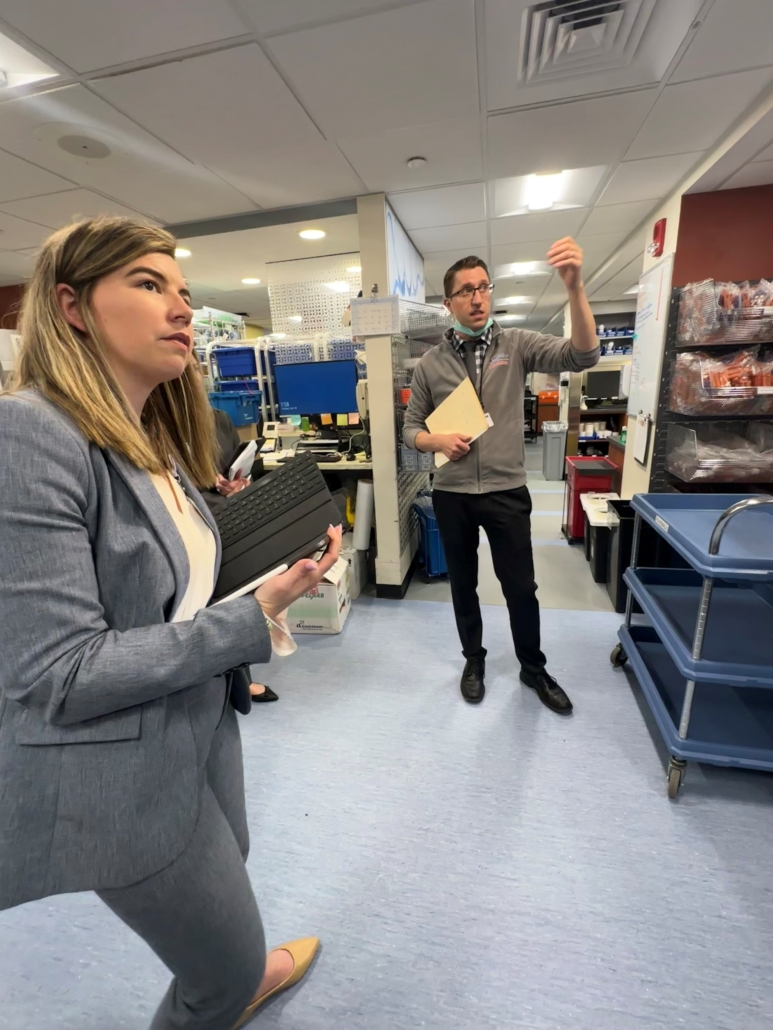

Conclusion
The importance of the Assessment Phase in hospital transition planning cannot be overstated. It acts as the cornerstone, determining the trajectory for the entire transition process. It establishes the narrative, bridges gaps between the old and new, and most importantly, unearths the nuances that could be the difference between a successful transition and one fraught with challenges.
Beyond the practicalities and logistics, the essence of the Assessment Phase lies in its human element — the collaborative synergy of clients, stakeholders, transition consultants, and the myriad of professionals who bring a facility to life. It emphasizes the idea that a hospital is more than just bricks and mortar; it is a living entity that evolves, learns, and grows.
In essence, the Assessment Phase is the starting point of your transition planning journey that will ensure the next phases along the project continuum are aligned and customized with purpose, clarity, and a vision. By understanding and valuing the Assessment Phase, organizations can pave the way for an efficient and successful transition. This is not merely about relocation; it is about setting the stage for the future, ensuring the new facility meets its objectives and serves its community effectively. The outlined strategies and recommendations serve as a guide to ensure this critical phase is executed optimally, benefiting both the healthcare providers and their patients.

Leave a Reply
Want to join the discussion?Feel free to contribute!